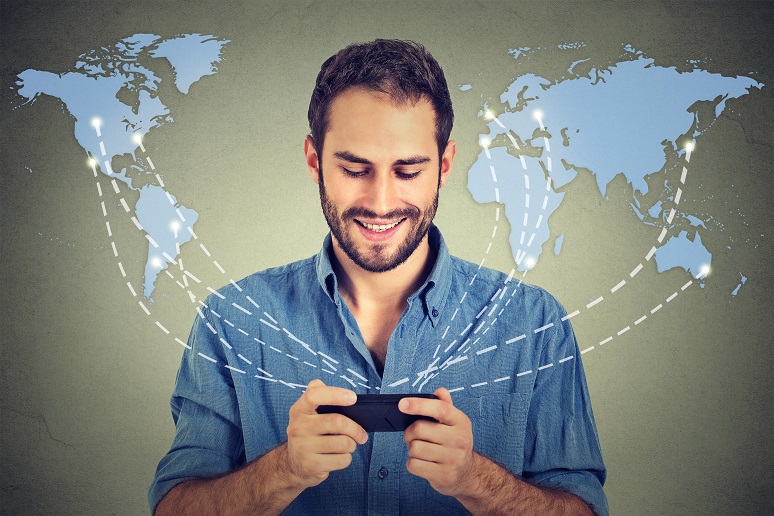When it comes to technologies to help companies with their customer experience (CX) strategies, the choices are plentiful. But because spending is finite, CX leaders must focus on choosing technologies that deliver the biggest bang for the buck.
On average, companies spend 3% of their revenue on CX technologies, according to Metrigy’s Customer Experience Transformation: 2020-21 research study. This is a significant amount of spending, and it indicates the relative importance business leaders place upon investments in customer interactions.
Our research provides guidance on some key technologies to consider. At this year’s Enterprise Connect in Orlando, I’ll be presenting (along with well-respected industry leaders from technology providers) on two of these topics: the self-service experience and Communications Platform as a Service (CPaaS).
Self-Service
The first session,
Key Steps to Building a Stellar Self-Service Experience, runs from 2pm-2:45pm ET on March 22. I’ll be joined by Genefa Murphy, Chief Marketing Officer at Five9, and Laura Bassett, Vice President of Product Marketing at NICE. (The virtual broadcast will be March 23 from 12:15-1pm ET).
Self-service is crucial to delivering a solid experience for customers, and it leverages several technologies, ranging from virtual assistants to Natural Language Processing to knowledge bases that use machine learning.
Core to self-service is the knowledge base, along with a complementary content management system. This is where content managers create, store, and revise customer- and agent-facing content, including FAQs, product information, videos, instructions, warranty details, and more.
Self-service knowledge bases perform best when they are paired with AI-empowered virtual assistants. As customers are consuming information in a knowledge base, virtual assistants can help them navigate all the information with the goal of resolving their issues without requiring live agent support. If customers are getting frustrated or the answer to their question doesn’t exist in the knowledge base, the virtual assistant can connect them to a live agent, with context around the interactions so far.
Virtual assistants also can help the agents when customers are escalated to live support. For example, virtual assistants can provide contextual information (such as customer buying history, problems with past interactions, recommendations for resolution, etc.) as screen pop-ups while agents are speaking with customers.
AI and machine learning also help the self-service portfolio by tracking areas where customers get stuck. Then, leveraging transcriptions and Natural Language Processing from the interactions with live agents, machine learning can update content in the knowledge base to bring more customers to resolution in the self-service channels in the future.
I’ll share some new research data about self-service during the session, and then moderate an insightful discussion with Murphy and Bassett, covering such topics as:
- The role AI and machine learning play in self-service
- The handoff between self-service and live agents
- How to build the business case for self-service in your organizations
- When customers want to use self-service over live support
Communication Platform as a Service (CPaaS)
CPaaS has become a staple in any good CX strategy, primarily because of the ability to automate and customize communications with customers. With no-code/low-code solutions emerging from the CPaaS providers, CX leaders from companies of all sizes are evaluating how the apps can elevate their customer interactions. In contrast to years past, companies do not need to have developers on staff or as partners in order to use CPaaS.
The primary ways companies use CPaaS include SMS messaging, social messaging, webchat, analytics, application programming interfaces (APIs), and click-to-call. During the first session, I’ll be sharing our latest research about adoption, use cases, success metrics, plans for APIs, and more.
Then, in the second CPaaS session, we’ll have a great discussion with the five CPaaS providers. If you’re interested in using CPaaS, expanding your existing use of it, or switching providers, don’t miss this session. I’ll be asking them to discuss their offerings, what differentiates them, and what’s on the roadmap.
We’ll have a stellar line-up for our panel, including John Bell, Chief Product Officer at Bandwidth; Brian Gilman, Chief Marketing Officer at IntelePeer; Shawn Henry, Principal Program Manager at Microsoft - Azure Communication Services; Tracy Hill, Senior Director of Contact Center Sales at Twilio; and Sanjay Srinivasan, Senior Vice President and Chief Technology Architect at Vonage.
I’ve attended every Enterprise Connect since it was renamed from VoiceCon (and I also attended most of those—my age is showing!) I can sincerely say this is my absolute favorite conference of the year. Given we haven’t met in person for three years at Enterprise Connect, this year is sure to be full of innovation, lively discussion, and great content! We hope you can
join us at Enterprise Connect — and if you can’t, please register for the
virtual portion of this hybrid event. Either way, I hope we’ll see you the week of March 21!










